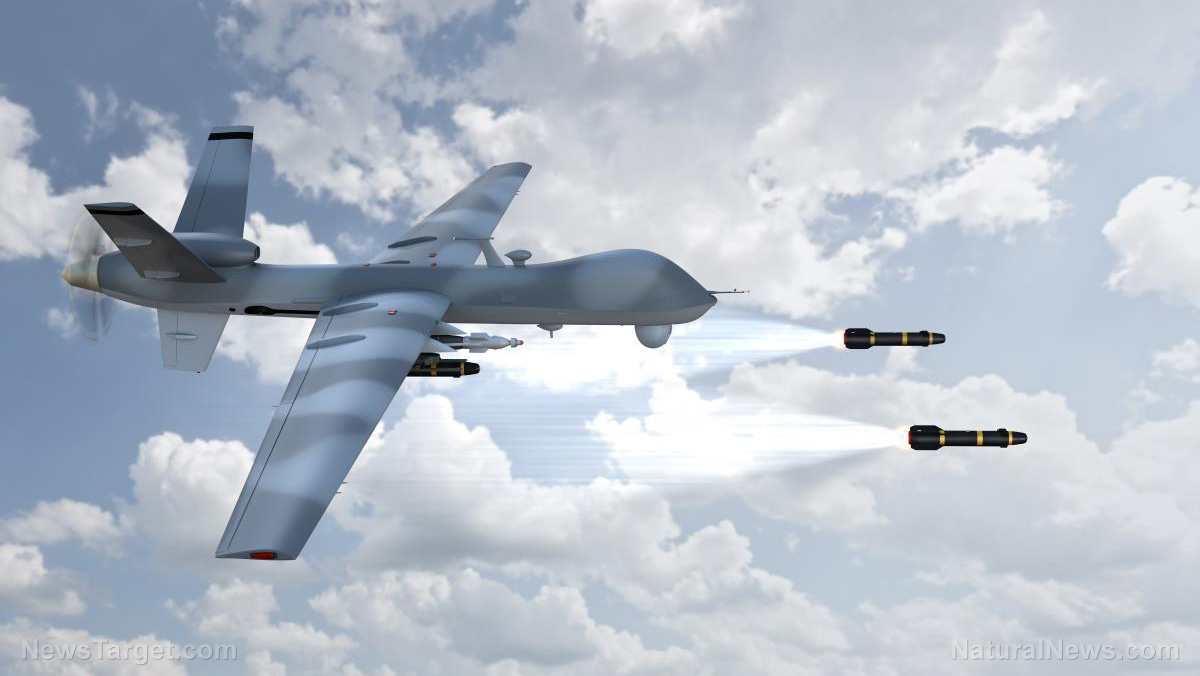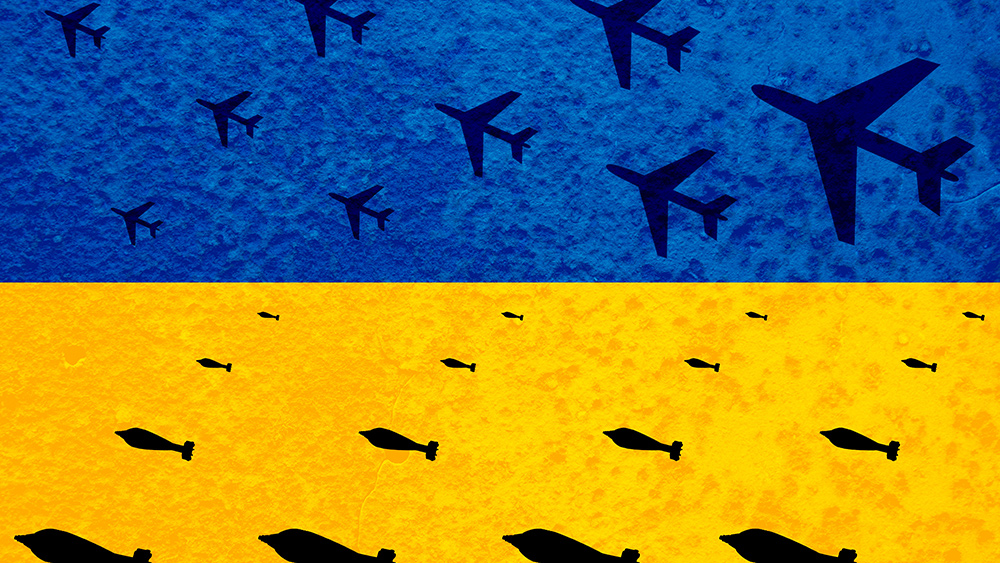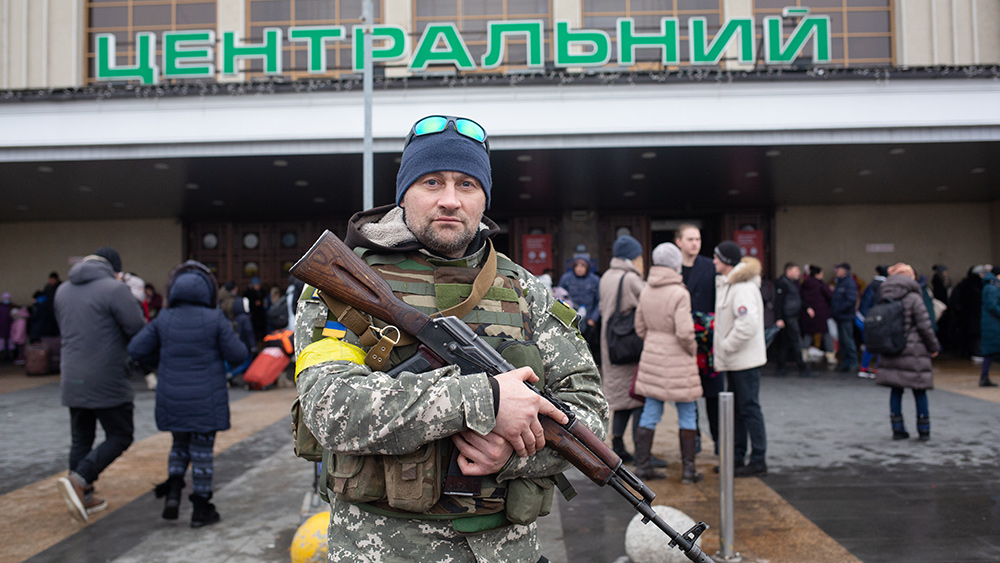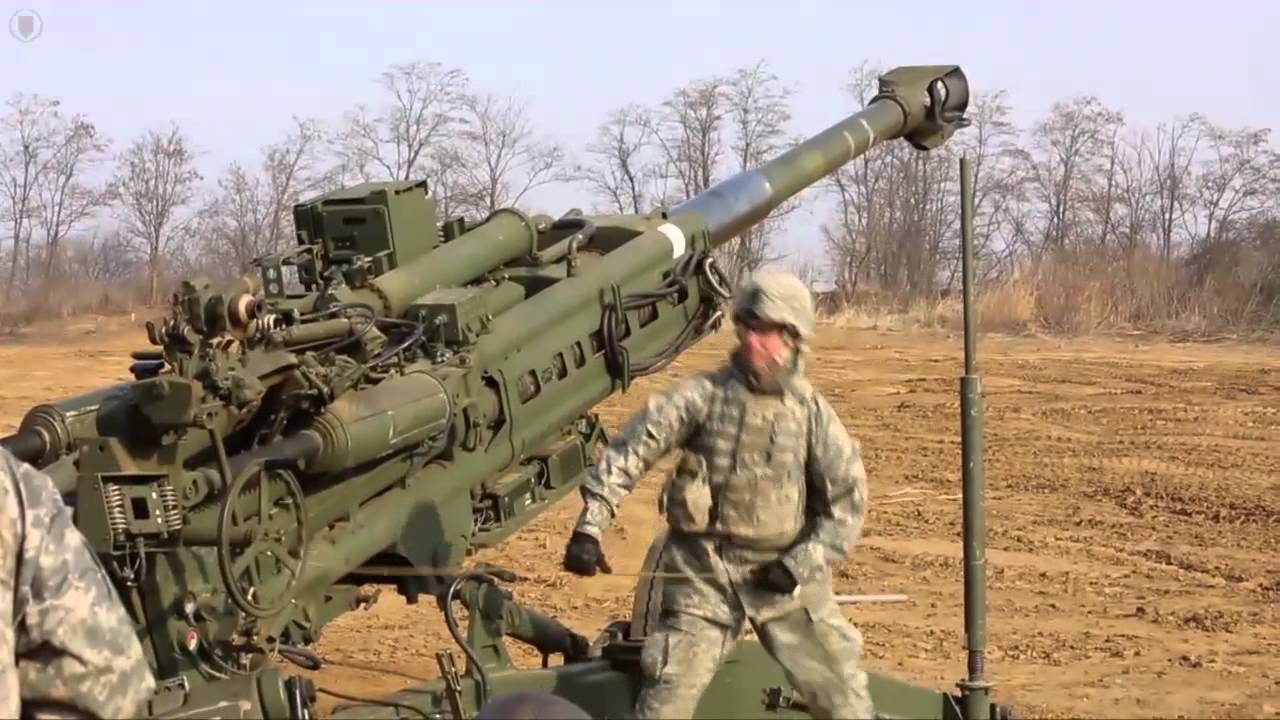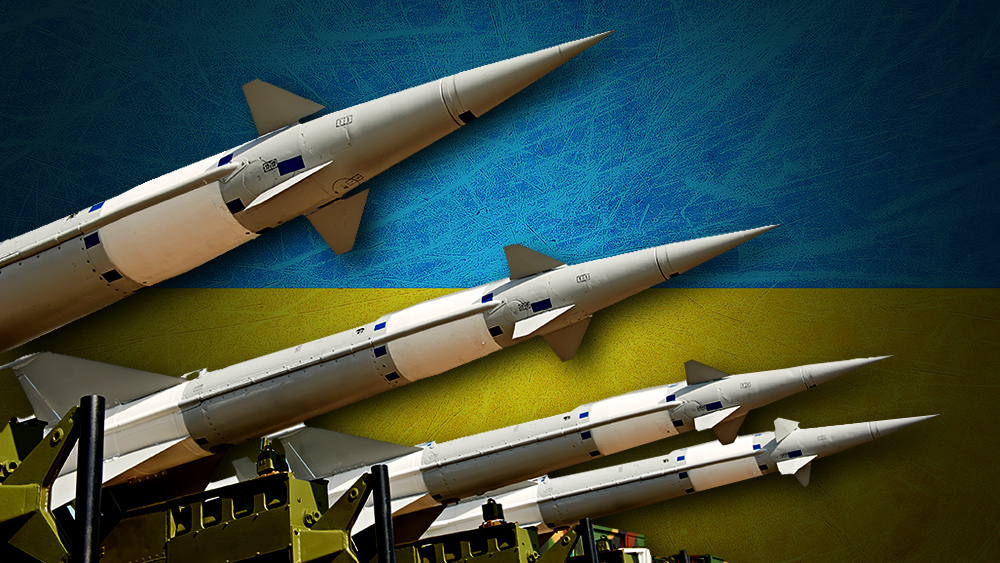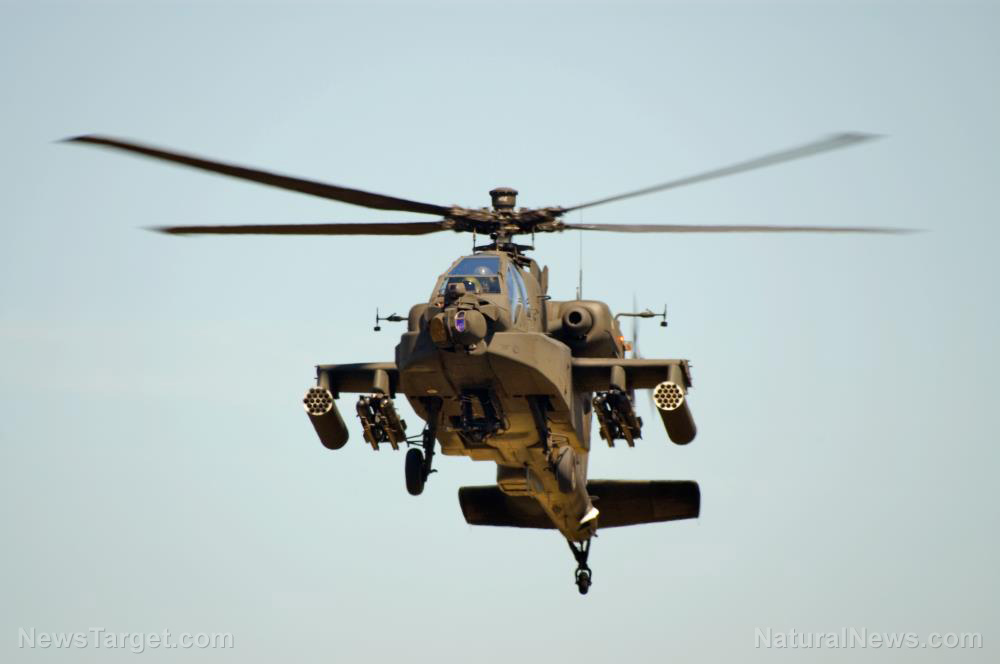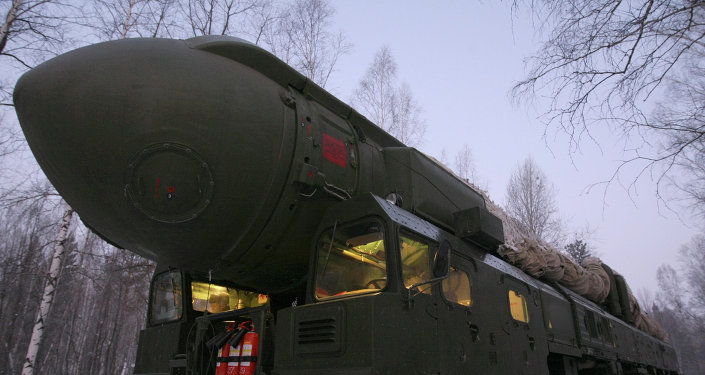Engineer turns $115-drone into an AI-driven weapon that could be used to hunt, kill people
03/13/2024 / By Richard Brown

The once-farfetched concept of artificial intelligence-driven assassin drones has transitioned from the realm of science fiction to a disconcerting reality, as demonstrated by engineer and entrepreneur Luis Wenus.
Using a relatively inexpensive $115 drone, Wenus adeptly transformed it into an “assassination drone” through the integration of AI facial recognition technology. (Related: Israeli drone strike assassinates Hamas deputy leader in Beirut.)
Despite initially framing the creation as part of a game, Wenus candidly acknowledged his deeper intention to raise awareness regarding the alarming potential for such technology to be exploited for terrorist attacks.
Wenus showcased the capabilities of the AI-powered drone in a video posted on X, where the device, armed with an object detection model, autonomously identified faces and pursued the recognized individuals. While Wenus introduced the technology under the guise of a recreational activity, the demonstration took a sobering turn, revealing the drone’s potential dangers.
The “assassination drone” mode selectively targeted specific individuals known to the AI system, highlighting the concerning applications of such technologies.
Although Wenus underscored that the demonstrated drone itself posed a limited danger, his overarching concern extended to the broader risks associated with the technology. He pointed to the ease with which such devices could be created, presenting the ominous possibility of deploying small explosive-laden drones in swarms.
Autonomous drones already being used in Ukraine conflict
This revelation comes at a time when autonomous drones are already being used in geopolitical conflicts for military purposes, further intensifying the urgency for regulatory measures.
Explosive-laden drones of modest size are already making a significant impact in the context of the Ukraine conflict.
Ukrainian operators are leveraging commercially available drones, affixing grenades, mortars, and other explosive devices to create potent weapons. These drones, controlled by human operators, have demonstrated remarkable effectiveness in targeting and neutralizing various military assets, from individual troops to tanks and bunkers.
The critical distinction lies in the direct human oversight of these drones, as opposed to the potentially more ominous prospect of autonomous AI-controlled swarms.
While these human-operated drones have raised concerns, the true peril lies in the potential emergence of autonomous drone swarms, cost-effective and straightforward to produce, being deployed in military theaters or public spaces.
Wenus has expressed a somber prediction, anticipating that within the next few years, there could be a terrorist attack leveraging autonomous drone technology. Wenus emphasizes the growing ease of constructing these devices, making them accessible to individuals with basic technical knowledge.
The specter of autonomous drone swarms is not confined to speculation, as the Defense Advanced Research Project Agency (DARPA) is reportedly developing an Autonomous Multi-Domain Adaptive Swarms-of-Swarms (AMASS) drone swarm weapon.
While still in the planning stages, DARPA has initiated a procurement process with bids reaching up to $78 million.
The concerning reality, as highlighted by Wenus, is the absence of dedicated anti-drone systems for significant events and public spaces. This underscores the urgent need to develop and implement anti-drone technologies specifically tailored for civilian areas to mitigate potential threats posed by these autonomous devices.
As technological advancements unfold, efforts to safeguard against malevolent applications must also progress, ensuring the responsible and secure integration of AI-driven devices into society.
Watch this video showing a Russian column ravaged by Ukrainian swarm drones.
This video is from the High Hopes channel on Brighteon.com.
More related stories:
Ukraine may have tried to ASSASSINATE Vladimir Putin using a kamikaze drone.
Russian schoolchildren are learning drone technology while U.S. students focus on “gender ideology.”
Iran has developed a new, high-tech combat drone for Russia to use in Ukraine.
Sources include:
Submit a correction >>
Tagged Under:
AI, artificial intelligence, assassination drone, big government, computing, cyborg, dangerous, DARPA, future science, future tech, information technology, inventions, military tech, national security, regulatory measures, robotics, robots, Ukraine, weapons technology
This article may contain statements that reflect the opinion of the author
RECENT NEWS & ARTICLES
COPYRIGHT © 2018 MILITARYTECH.NEWS
All content posted on this site is protected under Free Speech. MilitaryTech.news is not responsible for content written by contributing authors. The information on this site is provided for educational and entertainment purposes only. It is not intended as a substitute for professional advice of any kind. MilitaryTech.news assumes no responsibility for the use or misuse of this material. All trademarks, registered trademarks and service marks mentioned on this site are the property of their respective owners.








